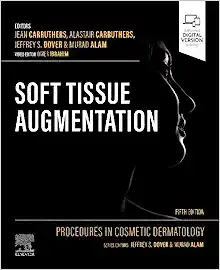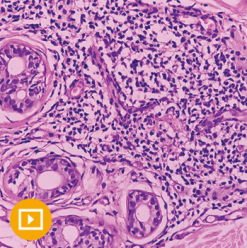Harvard Dermatopathology Update 2024
Learning Objectives
Upon completion of this activity, participants will be able to:
- Discuss new criteria for pathologic diagnoses, including molecular diagnostics.
- Integrate modern staging systems for tumors into clinical practice.
- Evaluate and distinguish cutaneous neoplasms including melanocytic, squamous, and lymphoid from mimics.
- Apply clinical pathologic correlation in evaluating inflammatory dermatoses.
Thursday, September 26, 2024
Welcome and Introduction
Break
Predictive Dermatopathology: Toward more precise assessment of progression risk and therapeutic efficacy in human melanoma
George F. Murphy, MD
Break
Cutaneous T cell lymphoma (CTCL) and mimics
Lyn Duncan, MD
Break
Cutaneous B cell neoplasms
Judith Ferry, MD
Break
Cutaneous Fibrosing Disorders
Rosalynn Nazarian, MD
Break
An Approach to Quality and Safety in Dermatopathology: Quality Improvement and Workflow Redesign
Mia S. DeSimone, MD, MPH
Break
Expert Panel
Lyn Duncan, MD; Mai Hoang, MD; George F. Murphy, MD; Steven Tahan, MD; Julia Lehman, MD
Friday, September 27, 2024
Welcome
Break
New Insights into Lesions We Thought We Knew
Steven Tahan
Break
Pediatric Dermatopathology
Birgitta Schmidt, MD
Break
New diagnostic criteria for oral leukoplakias
Sook-Bin Woo, DMD
Break
Practical pearls in autoimmune connective tissue diseases
Julia Lehman, MD
Break
Challenging cases of immunobullous diseases
Julia Lehman, MD
Break
Inflammatory Vulvar Lesions
Ashley Ward, MD
Break
HPV-Negative Squamous Vulvar Lesions
Jaclyn Watkins, MD
Saturday, September 28, 2024
Welcome
Break
Updates in Adnexal Neoplasms
Eleanor Russell-Goldman, MD, PhD
Break
Cutaneous Mesenchymal Tumors: Morphology and Molecular Correlates
Ivan Chebib, MD
Break
Pearls and Pitfalls in the diagnosis of cutaneous mycobacterial infections
Alvaro Laga Canales, MD, MSc
Break
Practical approach to difficult melanocytic tumors
Christine G. Lian, MD
Break
Squamous Penile Lesions
Kristine Cornejo, MD
Break
Eye Pathology of Pigmented Lesions
Anna Stagner, MD
Break
ALK+ cutaneous neoplasms
Ruth Foreman, MD, PhD










